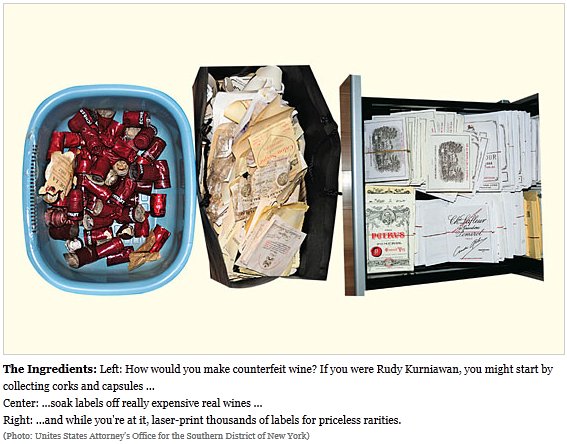In addition to my already admitted train fetish, I’m also a low-key fan of the streetcar. Some of that, I’m sure, is that a streetcar is really just a one-car passenger train on a short journey with frequent stops. But I recognize that streetcars and trams are not a realistic solution to urban transit needs today … unlike far too many city and regional transportation planners. The Economist has a short explainer this week, backup up this argument:
Streetcars — otherwise known as trolleys or trams — had their golden age around 100 years ago, carrying urban workers to nascent suburbs around Europe and America. But commuters had little love for these rickety, crowded electric trains, and by 1910 many were abandoning them for the convenience of cars or buses. Streetcars have been making a comeback, however, with new lines rumbling to life in at least 16 American cities, and dozens more in the works. Tucson, Arizona, inaugurated its new streetcar service in late July, and streetcar operators in Washington, DC, begin training this week—the city’s much-delayed service is expected to start later this year. But for all their nostalgic charm, streetcars are also increasingly controversial: a number of cities, such as San Antonio, Texas, are now rethinking their plans, complaining of high costs and limited public support. Critics grumble that streetcars gobble up scarce transit funds for a slow, silly service used mainly by tourists.
[…]
Streetcars are also incredibly expensive to build and maintain, with huge up-front capital costs in laying down rails and buying cars. Tucson’s project ultimately cost nearly $200m and opened years late, in part because the city needed to clear utilities from under the tracks, install overhead electrical connections and repave much of the four-mile route. A 3.6-mile line in Cincinnati, Ohio, now under construction is expected to cost at least $133m. Federal grants have gone some way to help pay for these projects, but cash spent on streetcars displaces spending on other, more cost-effective forms of public transport like buses, which offer cheaper and more-efficient service but are considerably less sexy. The capital cost per mile of a streetcar is between $30m and $75m, while a rapid bus service costs anywhere between $3m and $30m, according to the American Public Transportation Association.
All this investment might make some sense if streetcars offered an efficient way to move people around. But here, too, the evidence is flimsy. Riders — and especially tourists — may find streetcars less intimidating than buses, but these vehicles tend to offer slow journeys across walkable distances. European tramlines tend to be fairly long and isolated from other traffic, which ensures a swifter journey. But in America streetcars travel shorter distances along rails that mix with other traffic, so streetcars invariably inch along. And while these tracks may be reassuring to developers, they make it impossible to navigate busy streets: buses can ride around obstacles but trams must stay put and wait. Indeed, their slow speeds and frequent stops mean they often add to congestion. This may not bother tourists keen on a novelty ride, but it is no solution to America’s public transport problems.
If you want to include light or heavy rail in your city’s public transit network, it has to be either grade-separated from cars and pedestrians or it needs to be buried underground or raised in the air: mixing streetcars with cars and trucks — even if you manage to rebrand them with a more modern-sounding moniker — worsens traffic, creates unhappy interactions between the rail and non-rail vehicles, costs vast amounts of money, and rarely draws enough passenger traffic to come close to breaking even. I’m no fan of buses, but in almost every case, the economic case for buses is far more sound than the case for streetcars.
 I listened to the KFAN game commentary last night, but that’s a big difference from actually watching the action. Matt Cassel and the first team offence put in a creditworthy opening, then Teddy Bridgewater took over. Bridgewater got some time with most of the first team still in the game, then worked with more of the second team through the rest of the first half. Christian Ponder took the field in the second series after halftime.
I listened to the KFAN game commentary last night, but that’s a big difference from actually watching the action. Matt Cassel and the first team offence put in a creditworthy opening, then Teddy Bridgewater took over. Bridgewater got some time with most of the first team still in the game, then worked with more of the second team through the rest of the first half. Christian Ponder took the field in the second series after halftime.




